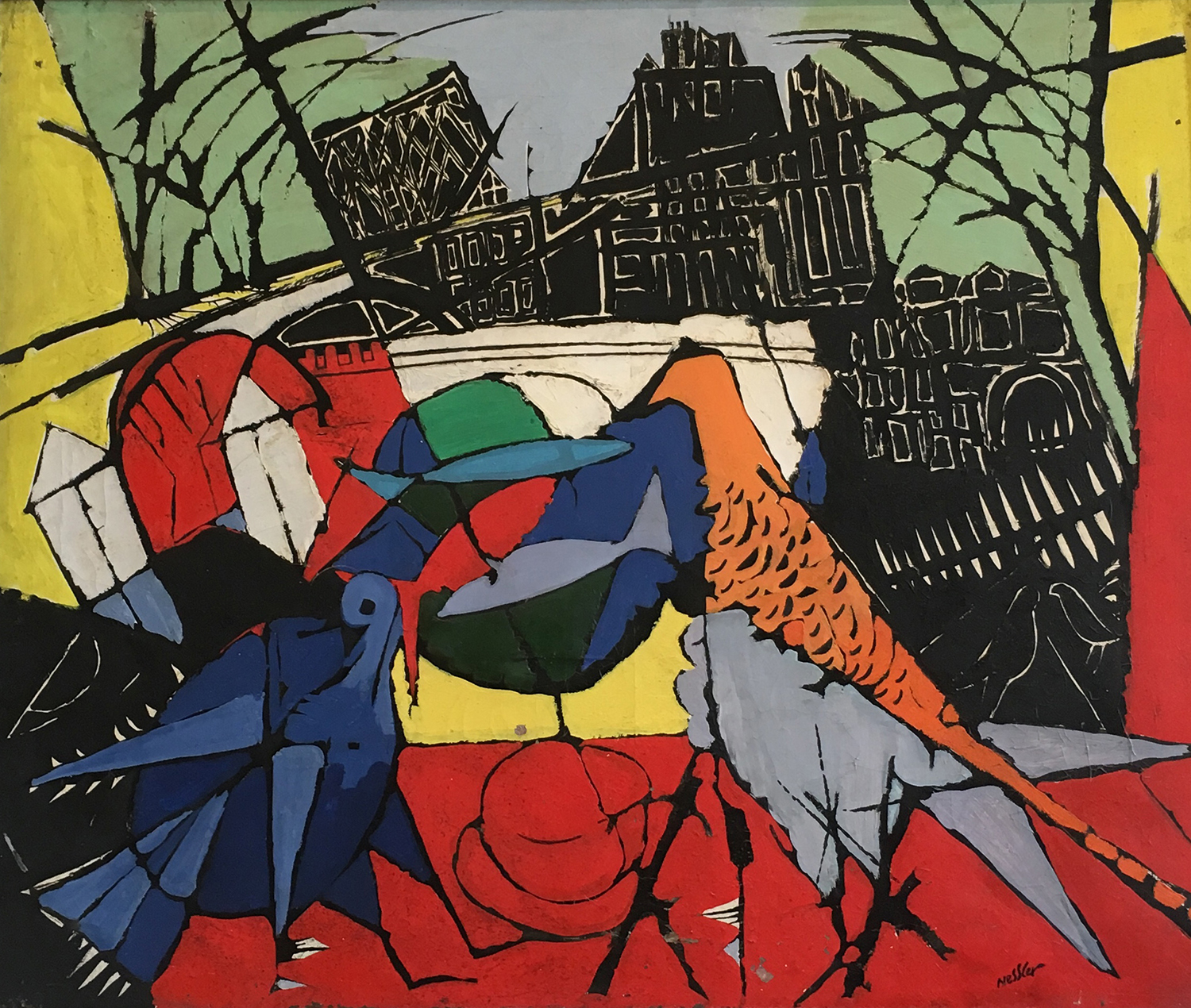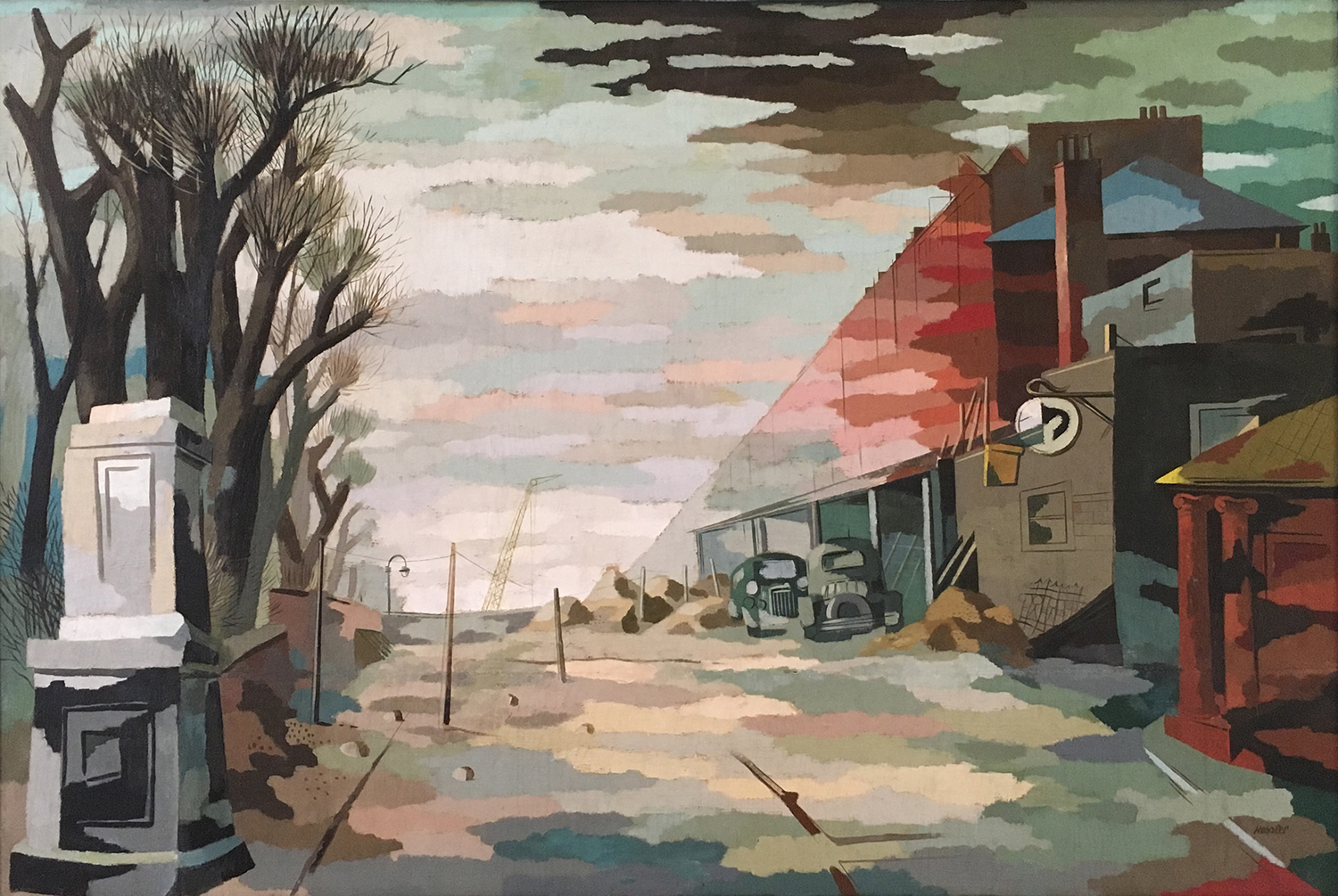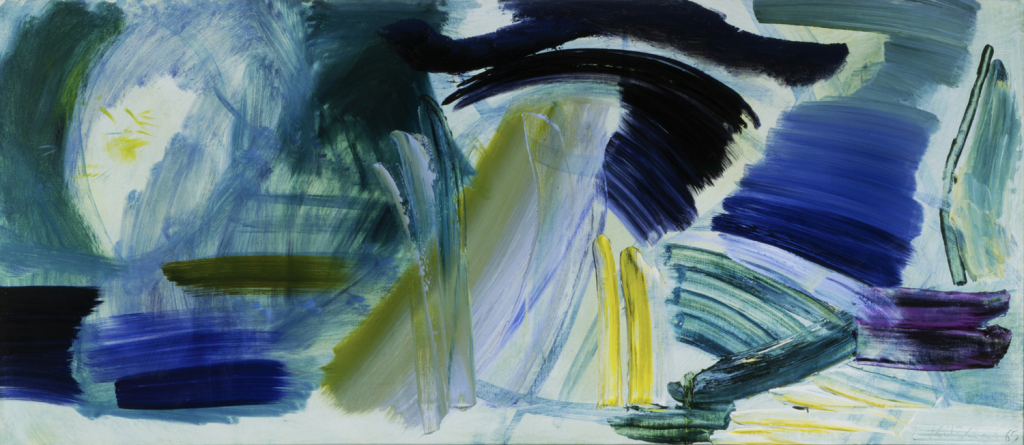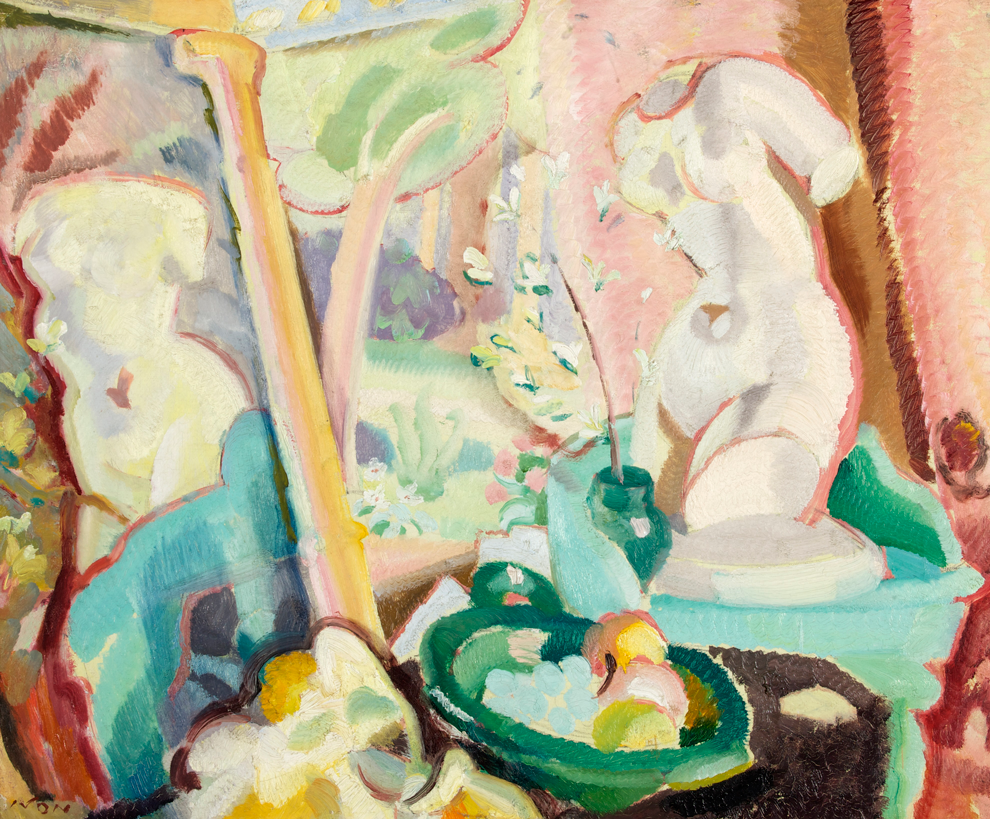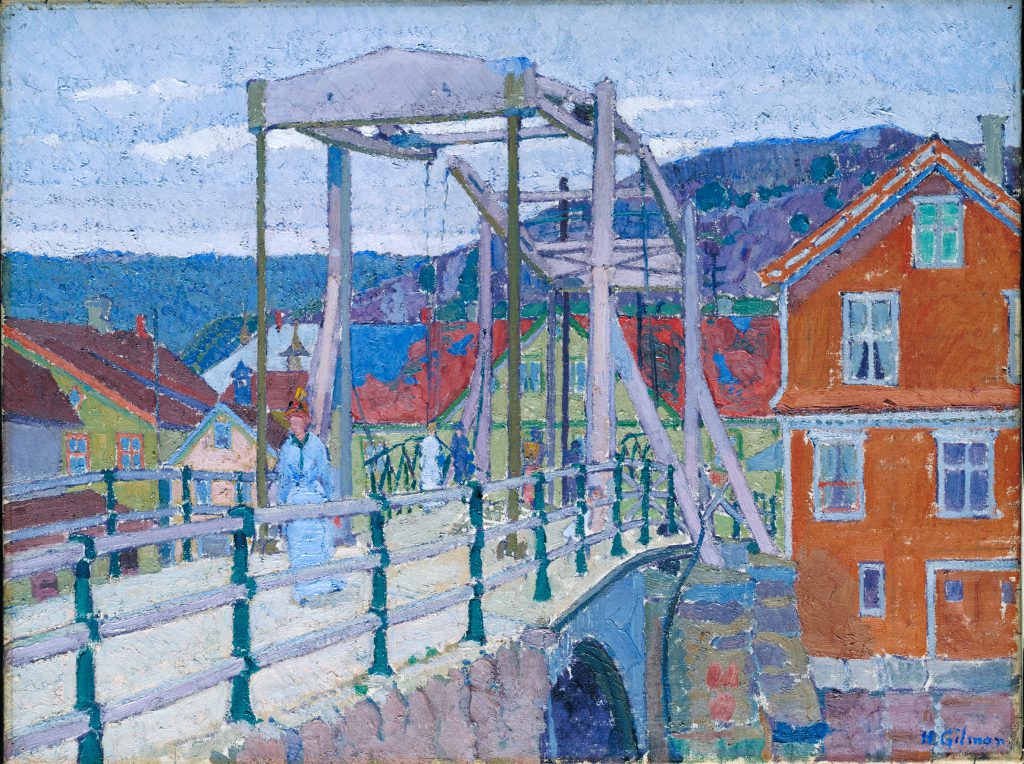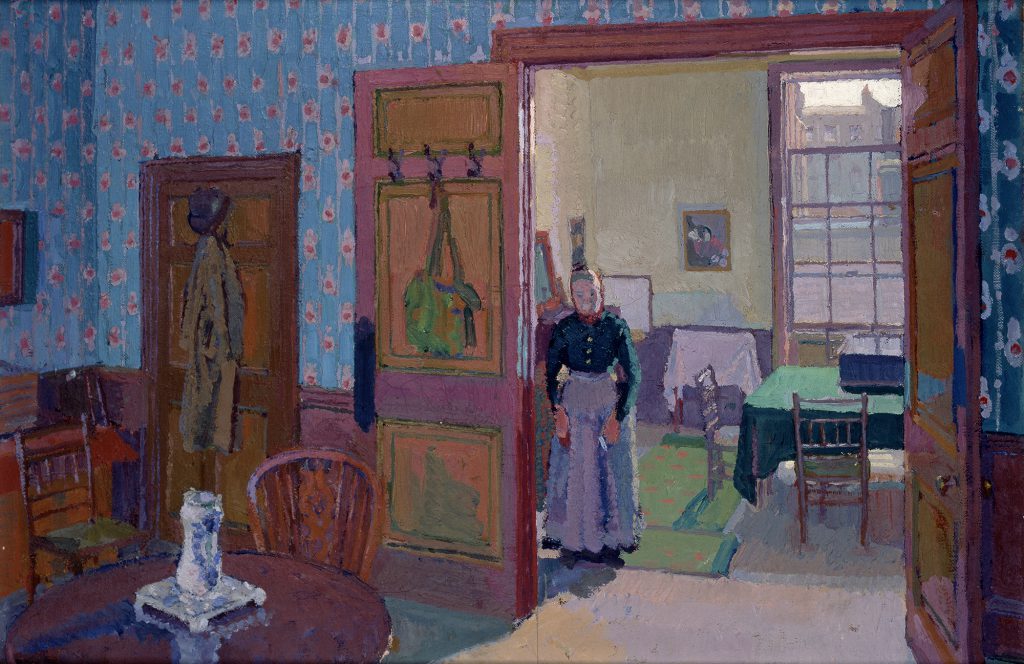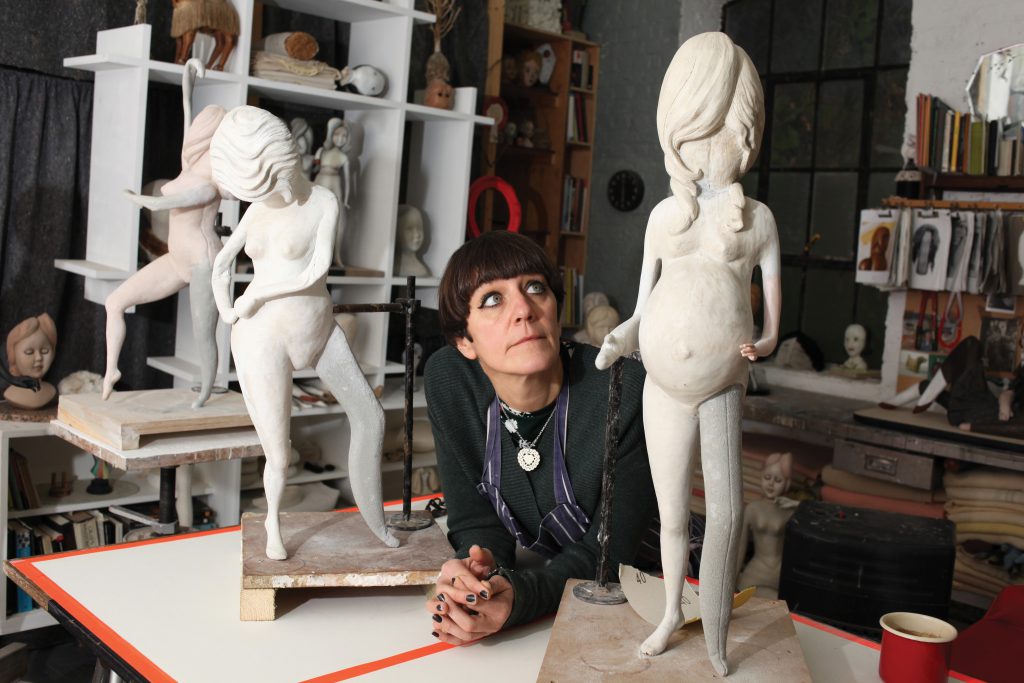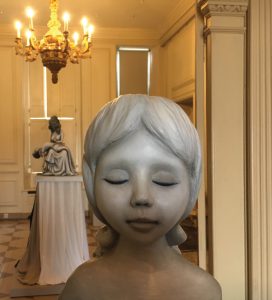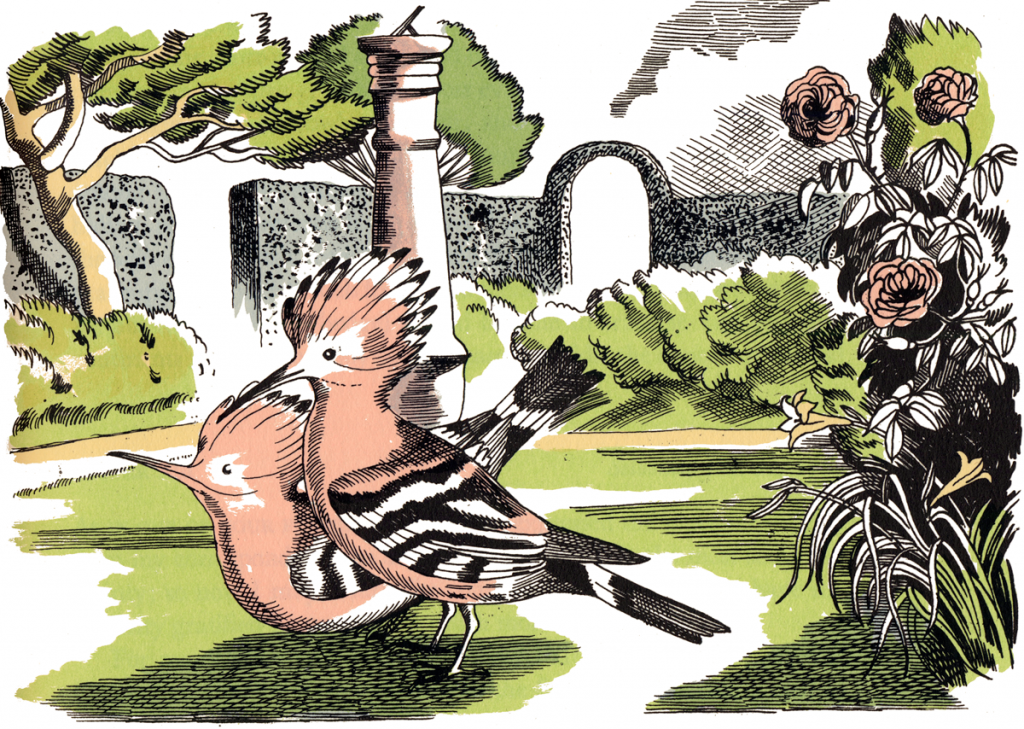
Pallant House Gallery’s exhibition Drawn to Nature: Gilbert White and the Artists celebrates 300 years since the birth of the Revd. Gilbert White and the centenary of the Society of Wood Engravers. It runs from the 11 March to the 28 June 2020.
The Revd. Gilbert White (1720-1793) was a remarkable man, a pioneering naturalist who hugely influenced the development of the science of natural history, an author and a gardener. He is perhaps most famous for his book ‘The Natural History and Antiquities of Selbourne’. A man of God with a love and interest in science and the natural world sits well with me. It is often argued that White’s study of earthworms and their vital role in creating topsoil influenced Charles Darwin’s thinking around evolution.
White’s Natural History recounts his daily observations of the animals, birds and plant life found on his doorstep in Hampshire and nearby in the South Downs in Sussex. Published in 1789 it was an immediate success.
Gilbert White’s Natural History has also inspired artists over the centuries and never more than in the 20th century as highlighted by the works on display.
In the 20th century many artists rediscovered their role as artisan artists and designers whilst working as painters and sculptors of fine art. One of the ways that this was expressed was by making printed woodblock illustrations for fine books printed by private presses.

The artist Robert Gibbings influenced the revival of wood engraving by artists. In 1920 he founded the Society of Wood Engravers. Members working in Sussex included Eric Ravilious and John Nash. The society ignited a revival of wood engraving where the designs and the blocks were created by the artist, making that vital connection between the artist and the final print.
Eric Ravilious displays the line, flecking and crisp edging which define his woodblocks in The Tortoise in the Kitchen Garden. It depicts Gilbert White in his garden. A keen gardener from his youth, White increasingly took a close interest in the natural world around him, and grew a wide range of traditional and experimental fruit and vegetables, recording weather, temperature and other details.

Clare Leighton also belonged to this revival of wood engraving. Her work combines a deep understanding of life and love informed by her Christian faith, with a captivating simplicity and honesty. Many of her compositions are characterized by the use of a series of underlying curves which at once unite the subjects in her pictures while articulating movement, qualities which are apparent in the composition of Hop Pickers.
Against some opposition from her family Clare Leighton persuaded her parents to allow her to attend the Brighton School of Art. She was friends with Hilaire Belloc, who lived at Shipley windmill near Horsham, and Eric Gill, who was at this point living in Ditchling.
John Nash’s Pair of Hoopoe Birds is one of a series of joyful illustrations to White’s natural history.
The exhibition Drawn to Nature: Gilbert White and the Artists brings together a wonderful collection of images, each inspired by Gilbert White’s Natural History. It runs at the Pallant House Gallery, Chichester from 11 March – 28 June 2020.
